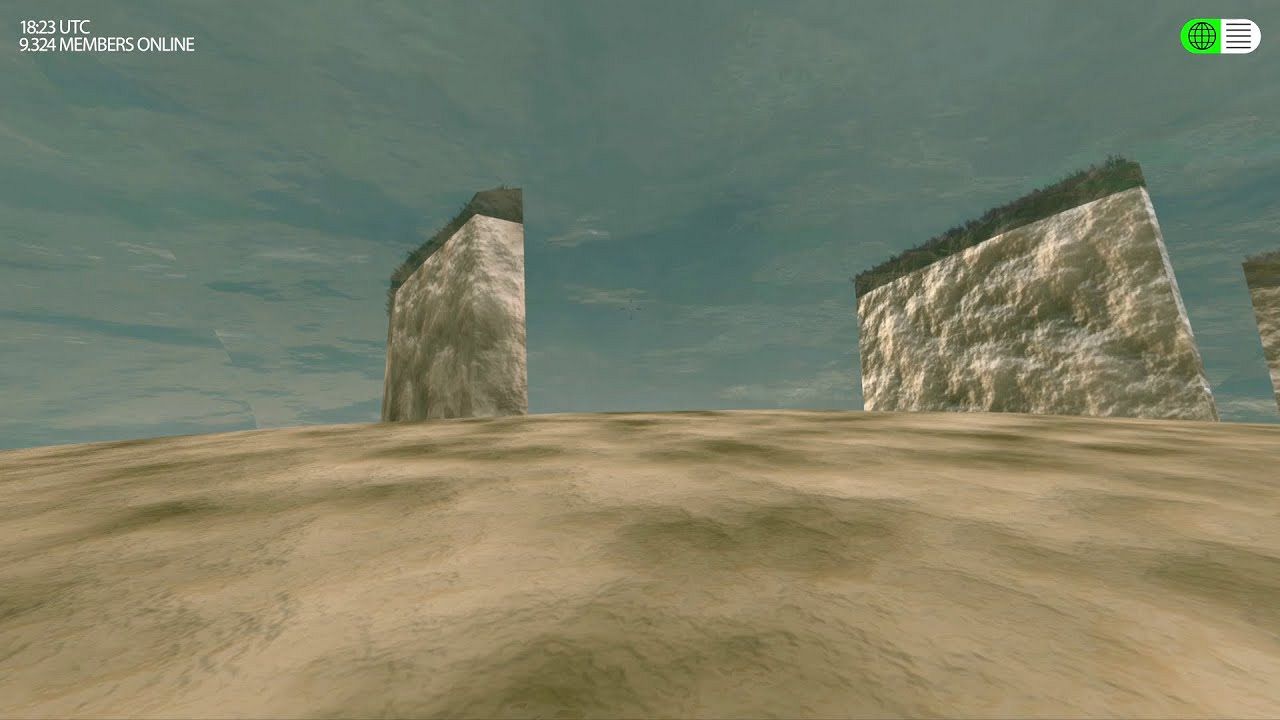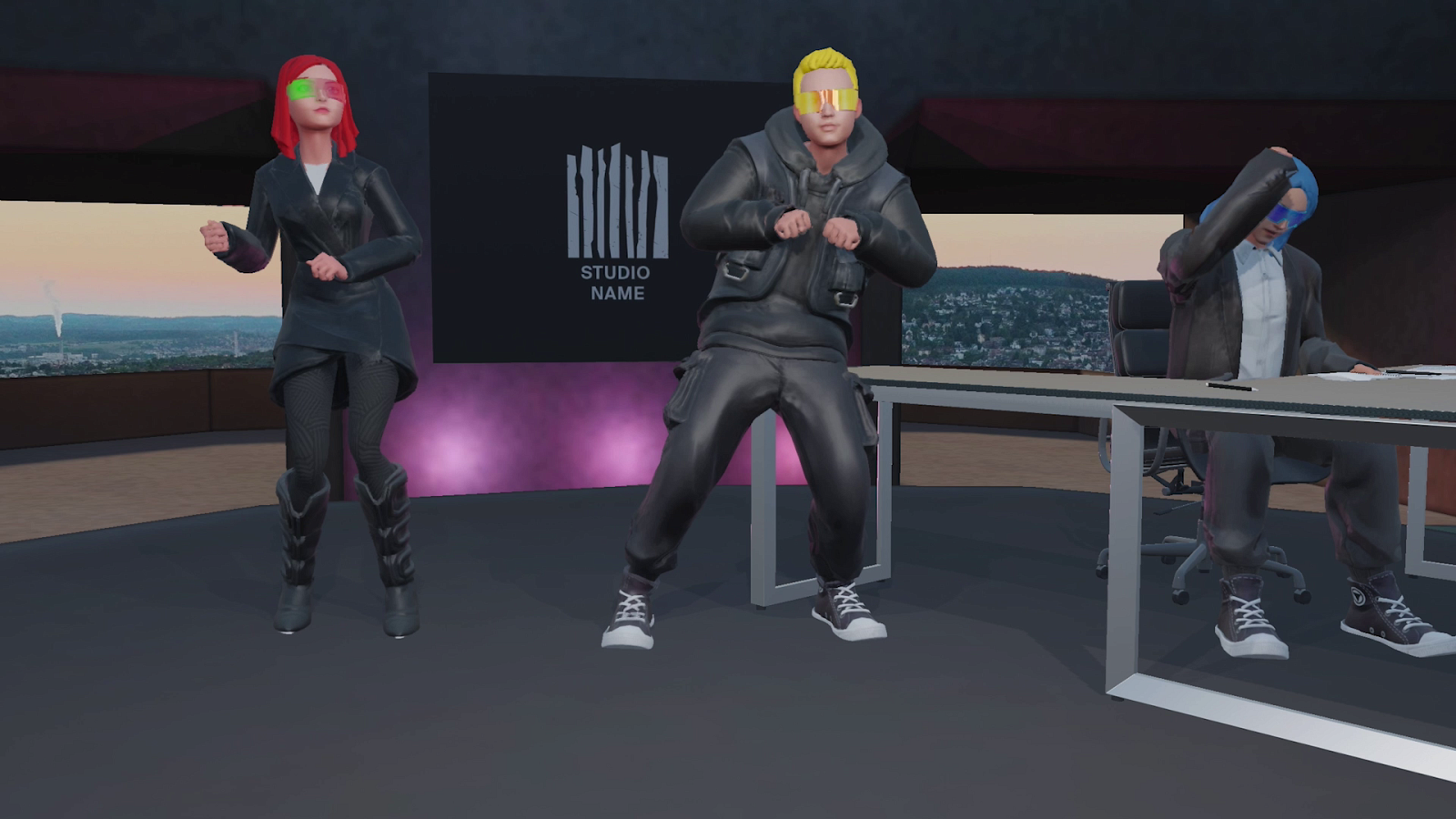In support of constructing fewer costly and resource-extensive buildings, we celebrate the potential of new technologies and propose a design studio that brings together virtual and physical space. Students are asked to speculate about a program, the corresponding typology and a specific space that shall be digitized in the future. In groups of two, they will imagine and design the virtual space in Metaverse, as well as reimagine and redesign the physical space in Zurich.
Five years ago, the “Real Virtuality” design studio looked into the spatial consequences of digital technologies. From food delivery and online shopping, to dating and sharing applications, consumption of any kind has become seamless. Even more so since the pandemic, when our lives shifted further into digital spheres. The omnipresence of consumable technologies and their related socio-technological phenomena have concrete spatial effects, such as the container kitchen in which your favorite meal is prepared or the storefront which now serves as an Amazon distribution hub. But also our perception of space itself changed - the potential love is just around the corner or unfortunately living outside the city center, that is nowadays defined by a car-sharing-company. Time has passed and technologies have developed further. Whereas until recently, the physical world has been undoubtedly considered the most immersive medium, this understanding is now questioned by technologies of virtual collectivity.
Metaverse – a term that was first coined in a science fiction novel in 1985 – is often primarily understood as the latest big revelation of a private tech-company that is meant to change the way we live together. What META, formerly known as Facebook, promises, is a new immersive tool that allows people to meet and be together in an online universe. While critics dismiss Mark Zuckerberg‘s plan as just another tool to generate profit, others see a huge potential in the concept of Metaverse.
To be able to create virtual spaces of human encounter beyond national borders and traditional formats. To shift temporary uses into the digital realm and save energy and resources. To open up new possibilities for architectural designers to create buildings and worlds beyond earthly boundaries. To empty out and free real spaces that can be transformed and reused. The future of the internet, as some have theorized, might consist of micro-communities, enclosed worlds with fewer but more engaged members. The question is: How can we as architects design these worlds, in the virtual space and reuse their physical counterparts?
A collaborative studio with Pedro Jardim (newkinco) and Hongyang Wang (Chair of Circular Engineering for Architecture, CEA)












